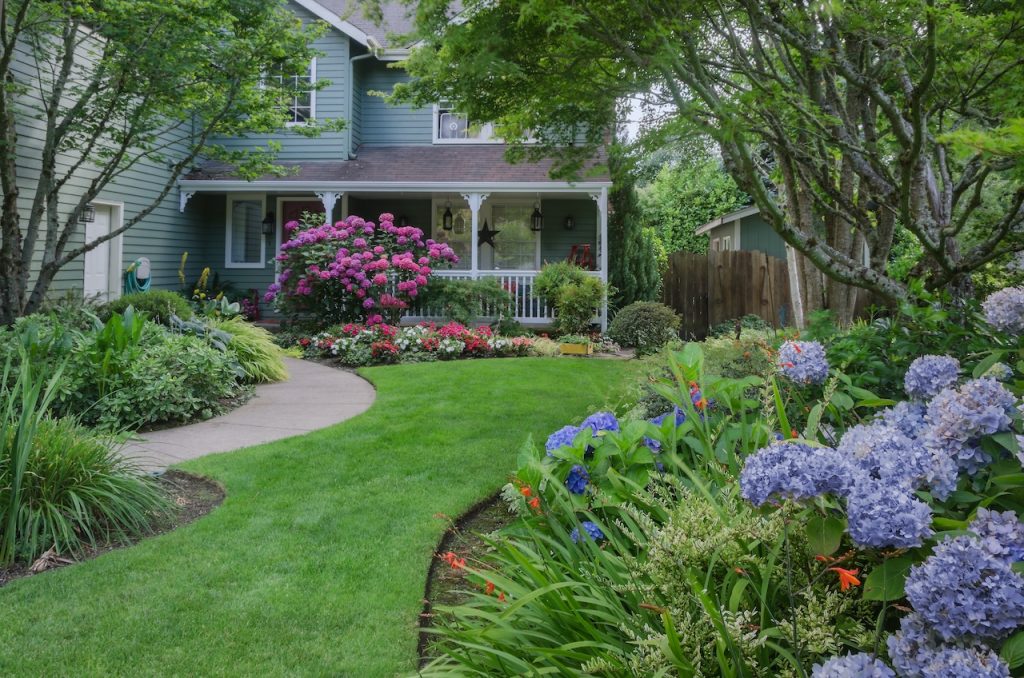Why Waterproofing Your Basement Matters on Long Island
Picture this: the ominous drip of water in your Huntington basement, the smell of dampness creeping up the stairs, and the fear of unseen damage lurking beneath. Whether it’s due to poor drainage, coastal storms, or sudden flash floods—a reality for many homes in Suffolk and Nassau Counties—water infiltration can wreak havoc on your property.
In this guide, you’ll learn effective, expert-backed strategies to keep your basement dry and protected.
1. Conduct a Thorough Inspection
Before applying any waterproofing solutions, start with a complete inspection of your basement. Look for cracks in walls or floors, water stains or active leaks, and moisture buildup around windows or plumbing. Early detection can help you resolve issues before they escalate.
2. Clean Rain Gutters and Downspouts
Blocked gutters are a major cause of basement flooding in areas like Commack, Babylon, and Northport. Clean out leaves and debris, and check for any gutter damage. Make sure your downspouts direct water away from your home’s foundation.
3. Extend Downspouts
Downspouts should extend at least five feet from your home. Use metal or plastic extensions, or consider an underground drainage pipe system to move water farther away—especially helpful during Long Island’s frequent coastal storms.
4. Improve Yard Grading Around Your Home
The ground around your home should slope away from the foundation at a minimum of six inches over ten feet. Homes in flat or low-lying areas like Valley Stream or Patchogue benefit greatly from proper yard grading to prevent water pooling.
5. Seal Gaps and Cracks
Use polyurethane caulk or hydraulic cement to seal any gaps around plumbing pipes or cracks in walls. If water is entering through the basement floor, it’s likely a groundwater issue that may require a drainage system.
6. Install a Vapor Barrier
Moisture can penetrate porous basement walls. A vapor barrier, such as plastic sheeting, prevents this and is especially useful before insulating or finishing a basement.
7. Add a French Drain System
If you live in a flood-prone area such as Freeport or Amityville, a French drain or curtain drain can help manage groundwater. This system channels water away from your foundation through underground piping.
8. Waterproof Interior Basement Walls
Use sealants or coatings like concrete waterproofing paint, silicate-based sealers, or plastic wall panels. This helps prevent condensation and wall seepage.
9. Seal Windows and Doors
Use caulk and weatherstripping to seal basement windows and doors, especially those near window wells. Even a small gap can allow water to enter during a storm.
10. Consider Exterior Waterproofing
Exterior waterproofing involves coating your home’s foundation and installing drainage layers. Though expensive and labor-intensive, it provides long-term protection for homes that experience frequent water intrusion.
11. Install a Sump Pump
A sump pump is essential for homes on Long Island that are prone to basement flooding. It automatically pumps out water that collects under your foundation. Be sure to test your sump pump regularly and have a battery backup in case of power outages.

12. Install Window Well Covers
Window wells are a common entry point for rainwater and debris. Cover them with clear, durable plastic or metal covers. This also helps keep out pests and leaves.
13. Install a Backwater Valve
A backwater valve prevents sewage from backing up into your basement. It’s a smart investment if your home is in a high-risk flood zone or connected to an older sewer system.
14. Maintain Landscaping
Trim trees and roots near your home that could damage your foundation or interfere with underground drainage. Poorly placed shrubs and beds can also hold water against your house.

15. Enhance Exterior Grading and Drainage
If you notice puddles near your foundation after rain, consider adding soil, gravel, or landscaping elements to encourage water flow away from your home.
16. Control Humidity in the Basement
Long Island’s humidity, especially during summer, can lead to mold and mildew. Use a dehumidifier to maintain humidity levels between 30–50%. Use a hygrometer to monitor and adjust settings as needed.
17. Perform Routine Basement Inspections
Regular inspections help catch issues before they become costly. Check walls and floors for cracks, look for signs of moisture or discoloration, inspect for mold, and ensure your sump pump is functioning properly.
18. When to Call a Professional
If you’ve tried the DIY methods above and still notice water intrusion, it’s time to consult a Long Island waterproofing contractor. For major water damage, mold concerns, or structural issues, you may also need help from a structural engineer.
Call PuroClean of Huntington for Trusted Water Damage Help on Long Island
If your basement has already flooded or shows signs of water damage, act fast. Avoid entering the flooded area and call the professionals. At PuroClean of Huntington, we serve homeowners across Suffolk and Nassau Counties with emergency water damage cleanup, mold remediation, moisture inspections, and dehumidification and drying. Our team is ready to respond quickly and restore your home safely. Contact us today at 631-402-9700 to learn more or request immediate assistance.




 PuroClean of Huntington
PuroClean of Huntington